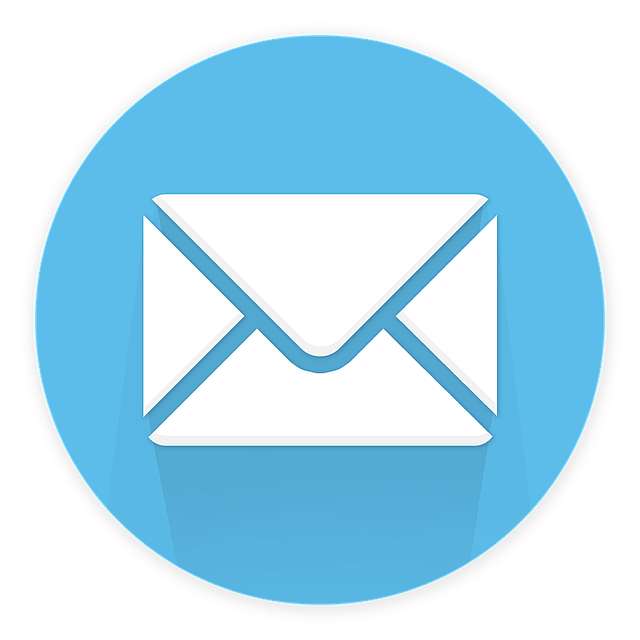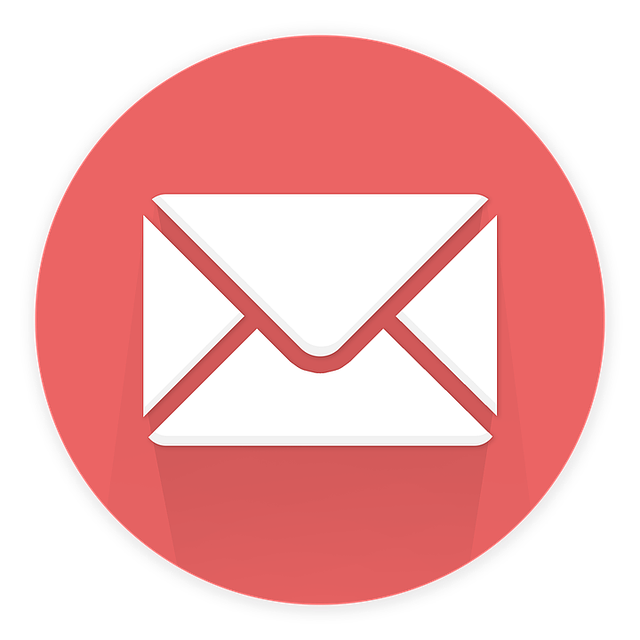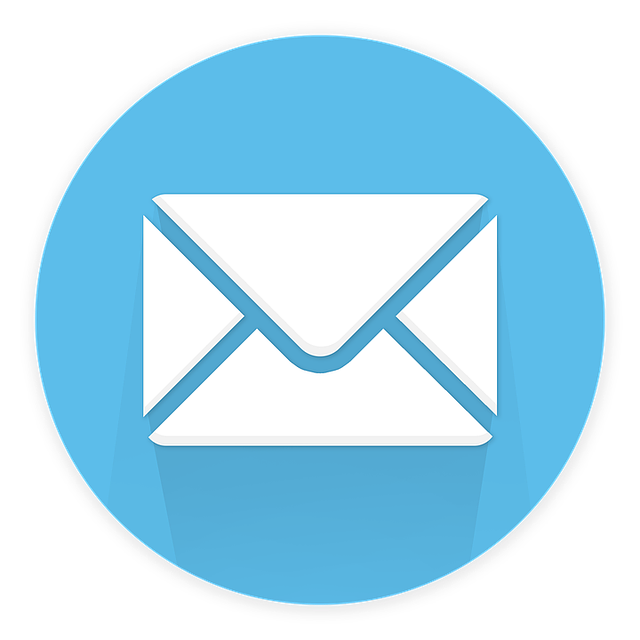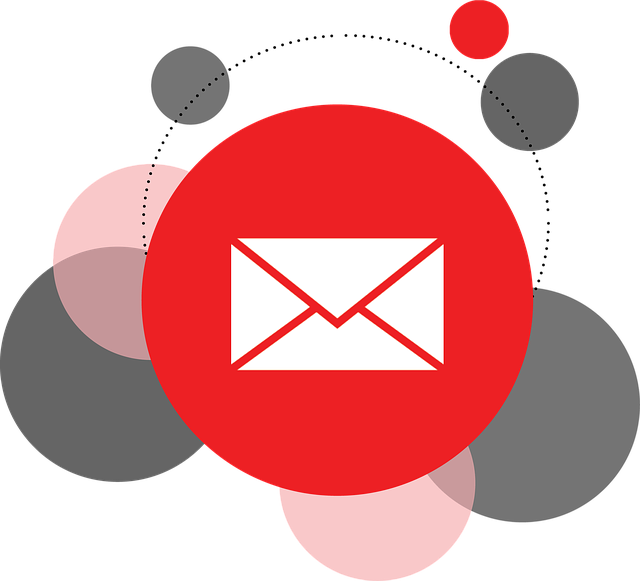Are you missing the mark when it comes to promoting your content through email marketing? Don’t let your efforts fall flat by making these common mistakes.
In the world of email marketing, it’s important to remember that ‘you can’t judge a book by its cover.’ Just like a book with a captivating cover draws readers in, a strong subject line is the key to getting your emails opened.
But that’s not all. Neglecting to segment your email list, overlooking mobile optimization, and failing to provide clear call-to-actions are also common pitfalls. And what about email analytics? Ignoring them is like shooting in the dark – you won’t know if your efforts are paying off.
So, let’s dive into the five email marketing mistakes to avoid when promoting content, and ensure your email campaigns are engaging, effective, and ultimately drive results.
Key Takeaways
- Having a strong subject line is crucial to grab readers’ attention and drive engagement.
- Neglecting to segment email lists can result in ineffective targeting and personalization.
- Mobile optimization is essential for maximizing the effectiveness of email marketing campaigns.
- Ignoring email analytics and metrics hinders understanding of audience behaviors and preferences.
Failing to Segment Your Email List
Don’t make the mistake of failing to segment your email list – it’s like trying to fit a square peg into a round hole.
Segmentation is crucial in email marketing because it allows you to divide your subscribers into different groups based on their interests, demographics, or behaviors. By doing so, you can tailor your content to each segment, ensuring that your messages are relevant and engaging.
This not only increases the chances of your emails being opened and read but also boosts the effectiveness of your targeting efforts. Segmentation benefits go beyond personalization; it helps you send the right message to the right people at the right time.
So, don’t neglect this important step in your email marketing strategy. Instead, let’s move on to the next section about neglecting mobile optimization.
Neglecting Mobile Optimization
Are you aware of the impact of neglecting mobile optimization when promoting your content?
In today’s digital age, where people are constantly on their smartphones, it is crucial to ensure that your email marketing campaigns are mobile-friendly. Here are four mobile optimization strategies to consider:
-
Responsive Email Design: Use a responsive email template that automatically adjusts its layout to fit different screen sizes.
-
Streamlined Content: Keep your email content concise and easily scannable, with clear call-to-action buttons that are easy to tap on small screens.
-
Optimized Images: Optimize your images for quick loading on mobile devices, as slow-loading images can frustrate users and lead to high bounce rates.
-
Testing: Always test your emails on different mobile devices and email clients to ensure they display correctly.
By implementing these mobile optimization strategies, you can maximize the effectiveness of your email marketing campaigns.
Transitioning into the next section, let’s now discuss the importance of a strong subject line.
Overlooking the Importance of a Strong Subject Line
Crafting compelling subject lines is crucial when it comes to email marketing. You want to grab your readers’ attention and entice them to open your email.
Additionally, using A/B testing to optimize subject lines can help you determine which ones are the most effective at driving engagement and conversions.
Don’t overlook the importance of a strong subject line; it can make all the difference in the success of your email marketing campaigns.
Craft Compelling Subject Lines
Start your email with an attention-grabbing subject line that’ll make your readers eager to open and read what you’ve got to say! Crafting effective emails requires you to put thought into your subject lines.
Here are four tips to help you improve open rates and capture your audience’s attention:
-
Use numbers: People are naturally drawn to numbered lists, as they promise easy-to-digest information that’s organized and valuable.
-
Include personalization: Address your readers by name or use other personalized details to make them feel special and valued.
-
Create a sense of urgency: Use words like ‘limited time offer’ or ‘don’t miss out’ to make readers feel compelled to open your email right away.
-
Ask a compelling question: Pose a thought-provoking question that sparks curiosity and makes readers want to find out the answer.
Crafting compelling subject lines is just the first step. To further optimize your open rates, use A/B testing to experiment with different subject lines and see what resonates best with your audience.
Use A/B Testing to Optimize Subject Lines
To optimize your subject lines and increase open rates, you can use A/B testing. A/B testing compares two different subject lines to see which one performs better. Did you know that emails with personalized subject lines have a 26% higher open rate than those without personalization, according to a study by HubSpot?
A/B testing is a powerful tool that allows you to experiment with different subject lines and determine what resonates best with your audience. By testing variables such as length, tone, and keywords, you can uncover valuable insights and optimize your subject lines for maximum effectiveness.
This optimization will ultimately result in higher open rates and more engagement with your content. Once you have mastered subject line optimization through A/B testing, you can move on to the next step: sending emails too frequently or infrequently.
Sending Emails Too Frequently or Infrequently
Don’t make the mistake of bombarding your subscribers with emails so frequently that they feel overwhelmed and annoyed, or sending emails so infrequently that they forget who you are and lose interest in your content. Finding the right balance is crucial for effective email marketing.
Sending emails too frequently can lead to high unsubscribe rates and a negative impact on email deliverability. Your subscribers may feel overwhelmed and start ignoring your messages or even mark them as spam.
On the other hand, sending emails too infrequently can cause your subscribers to forget about you and lose interest in your content. It’s important to maintain a consistent schedule that keeps your subscribers engaged without overwhelming them.
Ignoring email analytics and metrics will only hinder your progress in understanding your audience and improving your email marketing strategy. Transitioning into the subsequent section about ‘ignoring email analytics and metrics’, you can gain valuable insights by analyzing open rates, click-through rates, and subscriber engagement.
Ignoring Email Analytics and Metrics
Now that you understand the importance of finding the right balance in email frequency, it’s time to discuss another crucial aspect of email marketing: analyzing email analytics and metrics.
Don’t make the mistake of ignoring these valuable insights, as they can provide you with essential information about the effectiveness of your email campaigns. By analyzing open rates, click-through rates, and conversion rates, you can gain valuable insights into your audience’s behaviors and preferences.
This information will allow you to personalize your email content, ensuring that it resonates with your subscribers and drives engagement. Email personalization is key to building strong relationships with your audience and increasing the likelihood of conversions.
So, take advantage of the data at your disposal and make informed decisions to optimize your email marketing strategy.
Now, let’s move on to the next section about failing to provide clear call-to-actions.
Failing to Provide Clear Call-to-Actions
Make sure your call-to-actions (CTAs) stand out in your email marketing campaigns.
A clear and compelling CTA is essential for driving conversions.
Test different CTAs to optimize your conversion rates and find the most effective messaging for your audience.
Make Your CTAs Stand Out
Why should your CTAs stand out in email marketing campaigns? Well, it’s simple. In a crowded inbox, your subscribers need to quickly and easily identify the actions you want them to take.
To achieve this, you need standout design and effective copywriting. Your CTAs should be visually appealing and clearly visible, using eye-catching colors and fonts. Additionally, the copy should be concise and compelling, clearly conveying the value of taking action.
By making your CTAs stand out, you increase the likelihood that recipients will click through and engage with your content. So, don’t underestimate the power of a well-designed and well-written CTA. It can make all the difference in driving conversions and achieving your marketing goals.
Now, let’s explore how you can test different CTAs to optimize conversion rates.
Test Different CTAs to Optimize Conversion Rates
Discover the secret to optimizing conversion rates by testing different CTAs. One of the most crucial aspects of email marketing is the call-to-action (CTA). It’s the element that drives your readers to take action and engage with your content. To make your CTAs stand out, it’s essential to test different designs and analyze the results. By doing so, you can determine which CTA design resonates best with your audience and yields the highest conversion rates. To help you visualize the importance of testing CTAs, consider the following table:
| CTA Design | Conversion Rate |
|---|---|
| Design A | 12% |
| Design B | 8% |
| Design C | 15% |
| Design D | 10% |
| Design E | 18% |
As you can see, Design E had the highest conversion rate, indicating its effectiveness in capturing readers’ attention. By regularly testing and optimizing your CTAs, you can ensure that you’re maximizing your email marketing efforts and achieving the best possible results.
Frequently Asked Questions
How can I effectively segment my email list to optimize my email marketing efforts?
To effectively segment your email list and optimize your email marketing efforts, follow segmentation best practices. Start by categorizing your subscribers based on their demographics, interests, and past interactions.
This will allow you to send targeted and personalized content that resonates with each segment. Use effective personalization techniques, such as using the subscriber’s name and tailoring the email content to their specific needs and preferences.
This will increase engagement and drive better results for your email campaigns.
What are some important mobile optimization strategies for email marketing?
To ensure your email marketing reaches its full potential on mobile devices, follow mobile design best practices. Use responsive templates that adapt to different screen sizes, ensuring your emails look great on any device.
This is crucial because more and more people are accessing emails on their smartphones. By optimizing for mobile, you’ll provide a seamless and engaging experience for your subscribers, increasing the chances of them taking action and engaging with your content.
How can I create compelling subject lines that grab the attention of my email subscribers?
To create compelling subject lines that grab the attention of your email subscribers, start by creating personalized subject lines. Use their name or mention something specific to them to make it feel tailor-made.
Next, focus on writing engaging email copy that connects with your audience. Use language that’s clear, concise, and persuasive.
Make sure your subject lines are concise and intriguing, giving subscribers a reason to open your email.
By following these tips, you can increase your email open rates and engage your subscribers effectively.
What is the ideal frequency for sending promotional emails to my subscribers?
Finding the ideal frequency for sending promotional emails to your subscribers is like finding the perfect rhythm in a dance. Too many emails can overwhelm and lead to unsubscribes, while too few can make your audience forget about you.
To strike the right balance, consider your subscriber engagement. Monitor open rates, click-through rates, and unsubscribe rates to determine what frequency works best for your audience. Tailor your approach based on their preferences to keep them engaged and interested.
What are some key email analytics and metrics that I should be tracking to measure the success of my email marketing campaigns?
To measure the success of your email marketing campaigns, it’s crucial to track key email analytics and metrics. Two important metrics to focus on are the open rate and click-through rate.
The open rate indicates how many recipients opened your email, while the click-through rate measures the number of people who clicked on the links within your email.
Monitoring these metrics will help you assess the effectiveness of your campaigns and make data-driven decisions to improve your email marketing strategy.
Conclusion
In conclusion, to maximize the effectiveness of your email marketing campaigns, it’s crucial to avoid these common mistakes.
By segmenting your email list, optimizing for mobile, crafting strong subject lines, finding the right email frequency, and utilizing analytics, you can ensure that your content promotion efforts are successful.
So, why settle for lackluster results when you can take these simple steps to boost engagement and drive conversions? Start implementing these strategies today and watch your email marketing soar to new heights.









